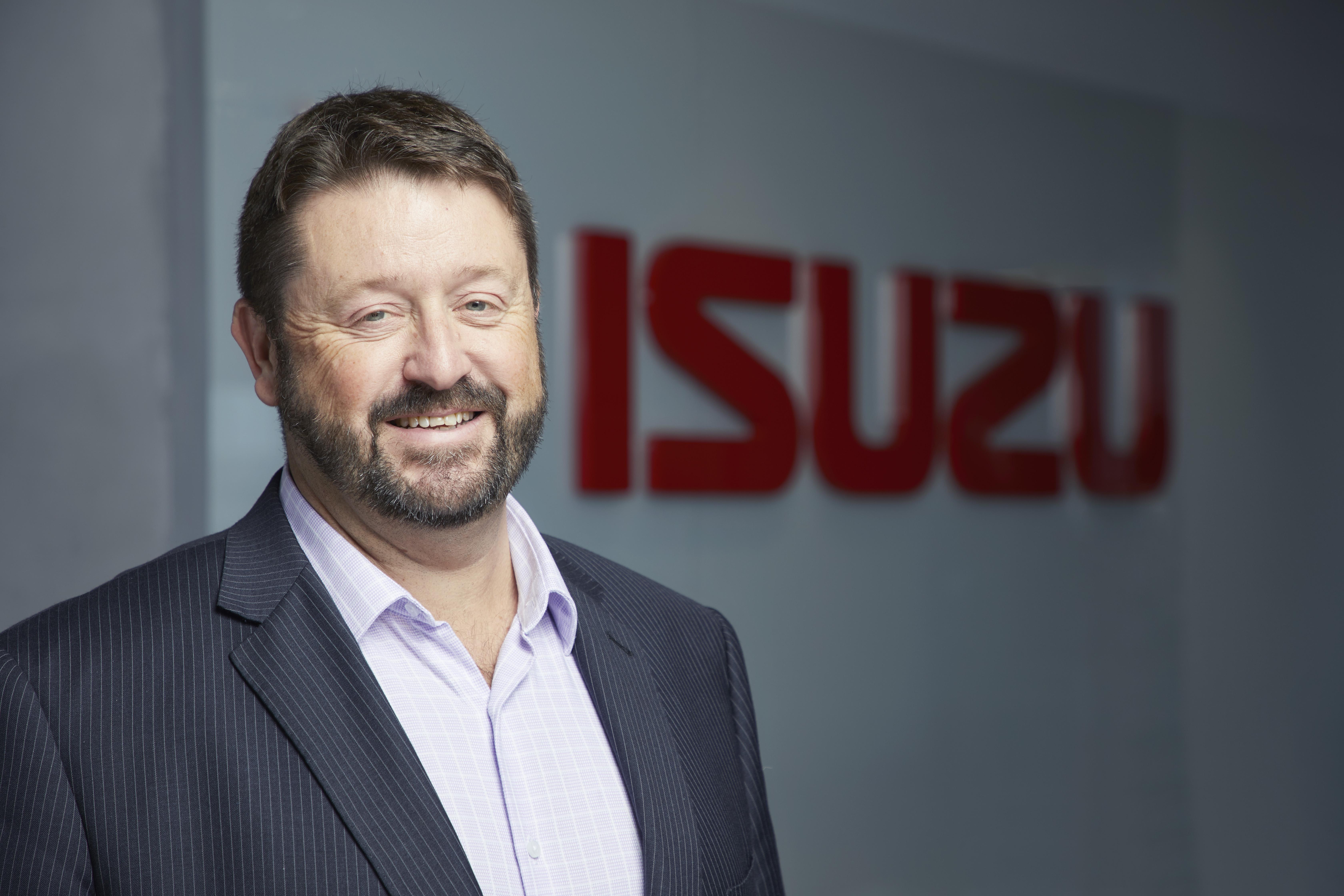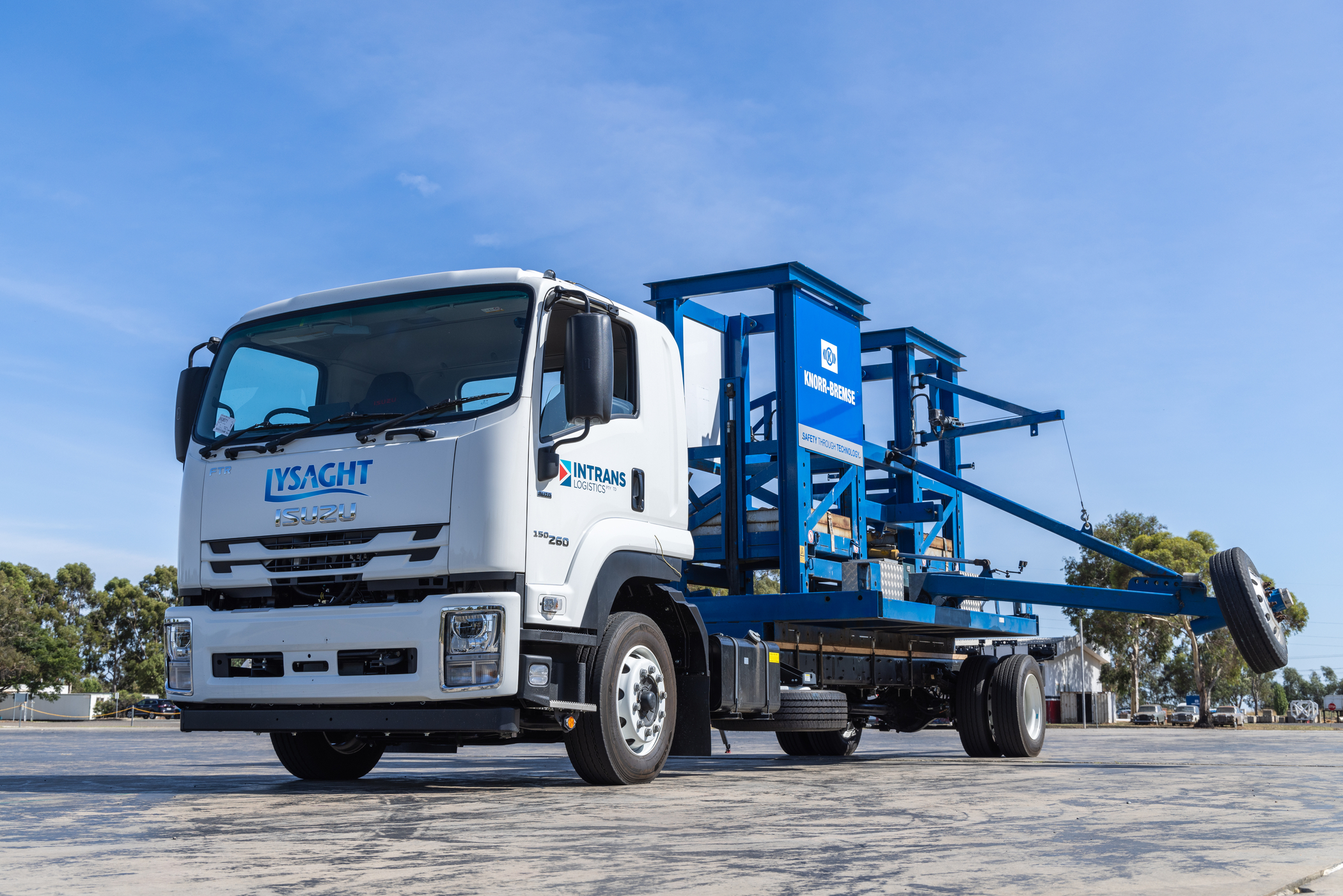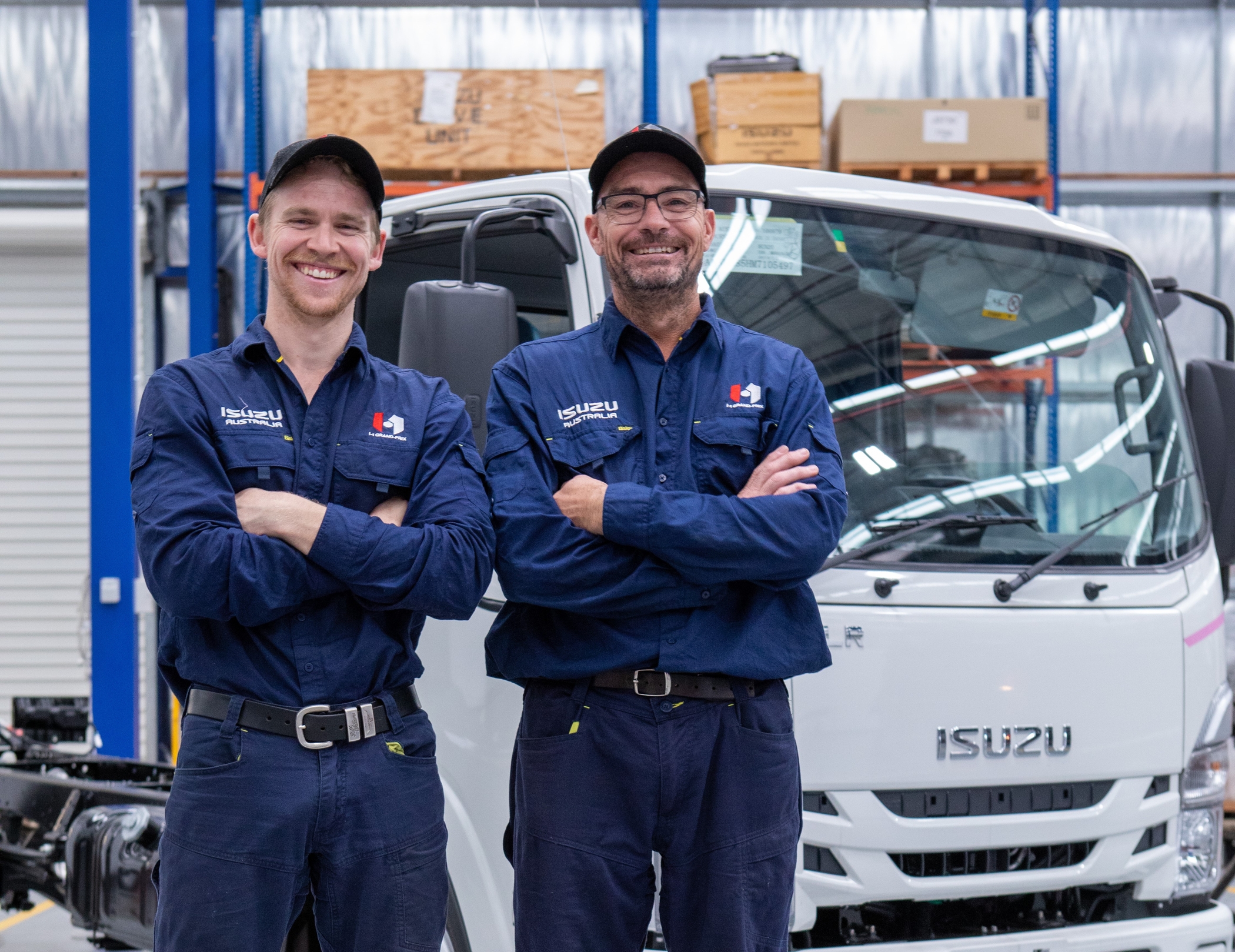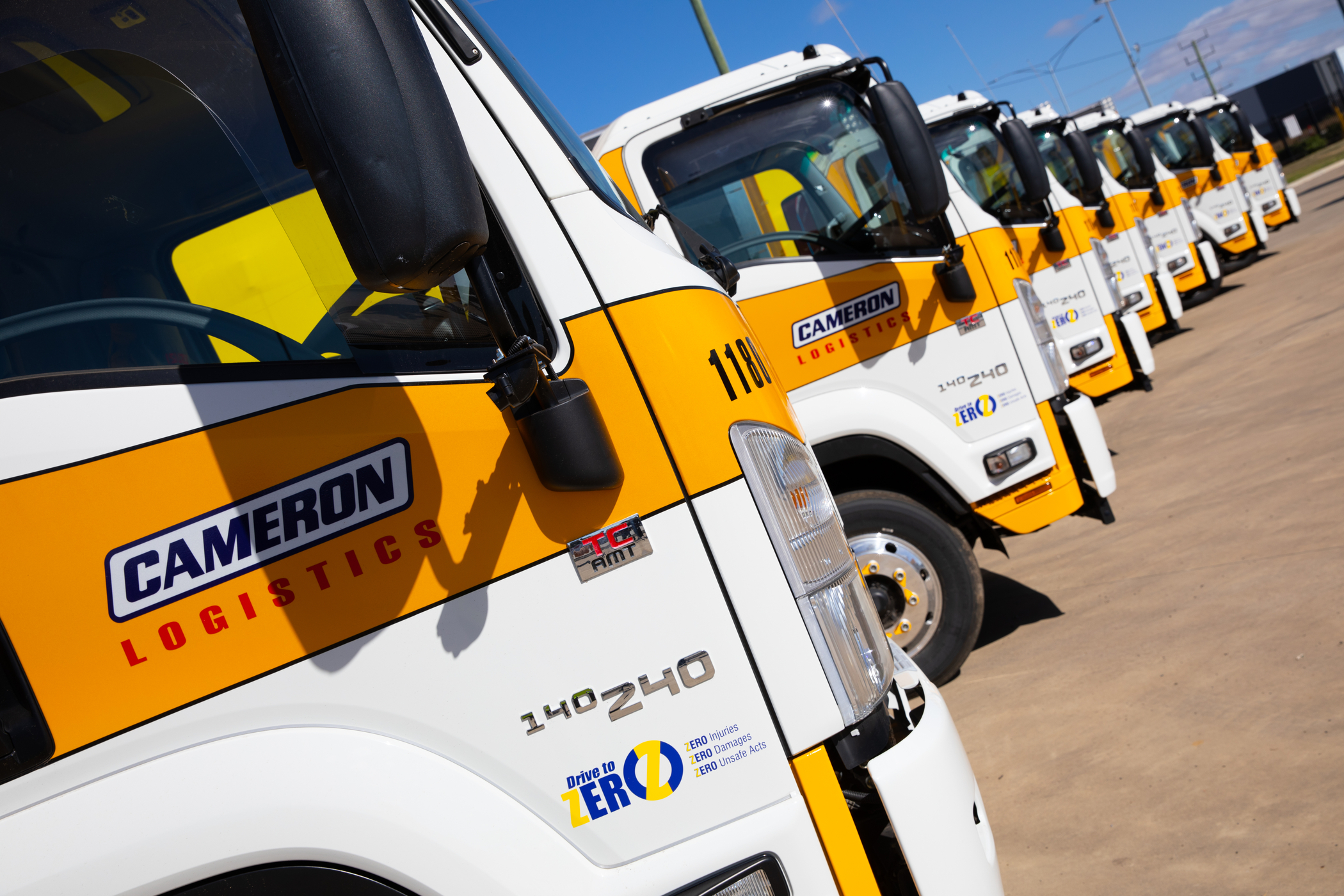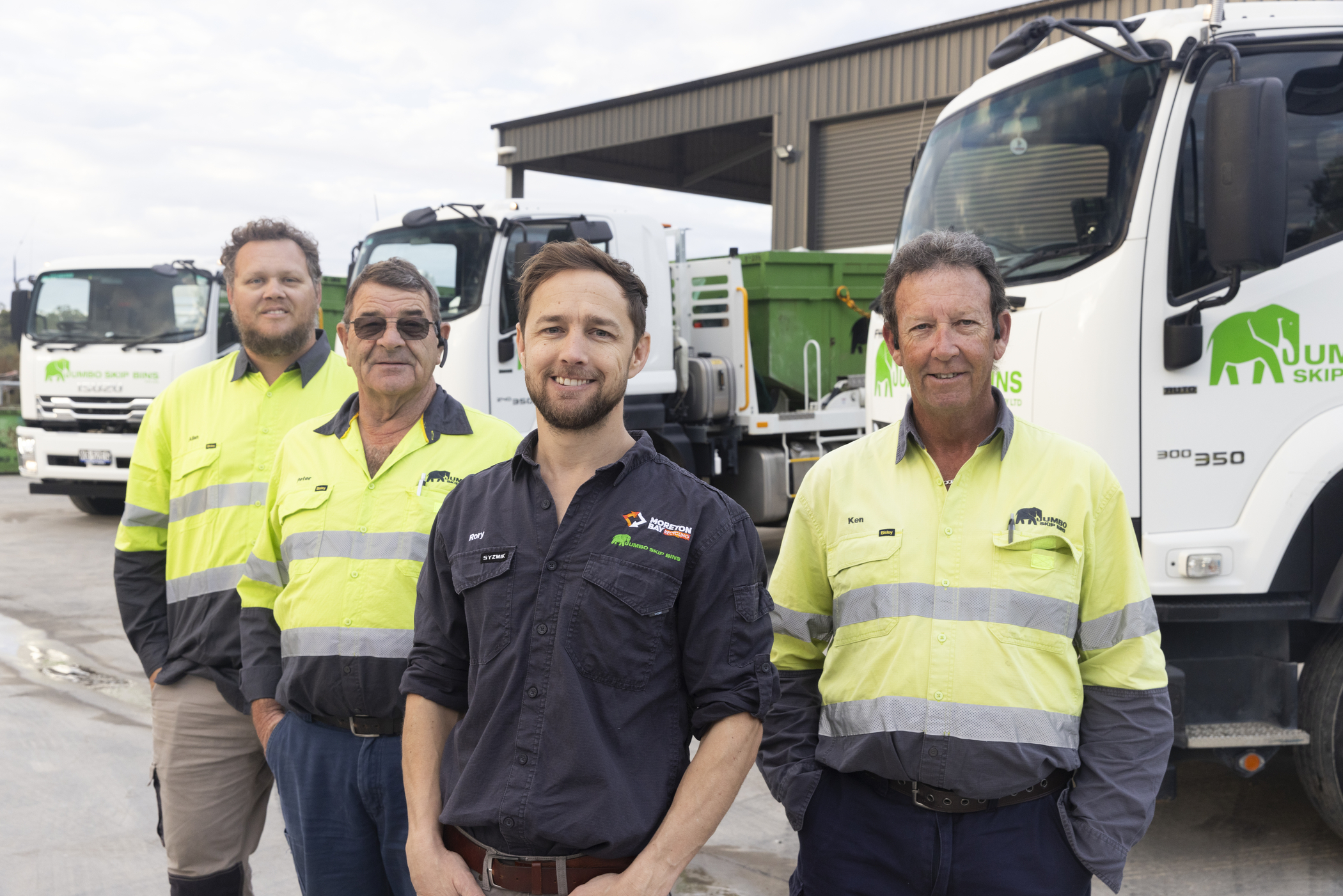ISUZU Comment: Andrew Harbison, IAL Director and Chief Operating Officer
Amidst the ever-changing and evergrowing freight landscape, IAL Director and Chief Operating Officer Andrew Harbison weighs in on the ongoing road transport evolution, and the responsibilities of each person in the transport chain towards a universal level of safety for all.
Viewed from thirty thousand feet, it can be argued that the future of the road freight industry is predominantly defined by population growth and basic economics. The parallel between these two has long determined the freight task as we know it, and only unprecedented disruption is likely change that dynamic.
Evidence suggests one thing is certain here and at first blush, it may seem bleedingly obvious. The ever-increasing volume of trade will continue to drive and grow demand for freight transportation, be that by land, sea, rail or air. Put simply, growth in per capita Gross Domestic Product (GDP) equates to trade growth, resulting in increased freight volumes.
The other main driver is population growth. Globally, United Nations figures project steady growth in the world population, with a total figure expected to hit the nine billion mark by 2040.
In a nutshell, there’s no end in sight to our ever-expanding freight task, both globally and here at home.
These constantly evolving elements bring with them unique challenges we must consider.
The make-up of our labour force is a key one. International research points to relatively steady levels of employment across the sector, despite the seismic technological changes we keep hearing about.
So, whilst tech advancements in our industry, such as automation, can equate to changes in the employment dynamic, for the moment at least, the persistent growth of the task well and truly offsets this. Ensuring a balance remains will be the real challenge.
Finally, another important consideration will be the way in which we move things around.
In our corner of the world, freight movement is dominated by road transport. But this dependence is expected to change over time, with sea and rail freight projected to grow exponentially over the coming decades. Again, this is a question we in the trucking world will be forced to answer.
The road less travelled
The way in which we conduct business is in the throes of progression also.
Our view of the value chain has changed rapidly in recent times. Take Amazon for example. According to US media sources, Amazon shipped a staggering five billion packages last year throughout the United States alone, and whilst they do engage third parties for distribution and warehousing now, they’re ultimately looking to build a self-reliant distribution network, taking control too of the last mile hurdle.
This end-to-end approach does away with established norms but is likely isolated to juggernauts such as Amazon with the cash reserves to develop the infrastructure required to achieve this.
As an OEM, it’s been hard to ignore the recent announcement of Toyota and Build Your Dream (BYD) teaming-up to mass produce recreational and commercial EVs, with the Chinese market firmly in their sights.
This brand of collaboration by two giants of the automotive world is another example of shifting attitudes towards knowledge and tech sharing on a scale we haven’t seen before.
Again, closer to home, we’re seeing the evolution of the retail business model in Australia, with multi-brand car and truck dealership super-sites planned, where traditional brand strengths are commoditised.
This approach again does away with the traditional auto dealership model and has the potential to completely restructure the way cars and trucks are sold.
Lastly, the rental and short-term leasing model also presents a level of disruption worth noting. Extremely popular already in urban and built-up areas, operators like GoGet are looking to extend their model into the commercial movement of freight.
The here and now
In the context of these macro challenges, there’s a couple of examples of product-specific change already upon us, and worth exploring further in this context.
The infancy of connected vehicles is here—receiving and transmitting data to improve efficiency and safety—to develop smarter operations all round. Indeed, the imminent rollout of the 5G network here in Australia will propel advancements in this space at prolific rate.
The same is true for autonomous technology such as adaptive cruise control and autonomous emergency braking. There’s working examples everywhere in the car world already and it will only proliferate further if infrastructure and legislation can keep pace. But it’s worth noting too, that automation more broadly is driven by demand, economic benefit, demographic trends and safety factors—all catalysts that must intersect in one way or another for automation to be successful.
When it comes to power technology, the pace has been frenetic too—with the rise and rise of electric vehicles—the current incarnation more competent than the last. There’s little doubt EV and other alternate fuel technologies are the future of road transport, and the pace of development is readily apparent.
People power
But behind our tireless quest for smarter solutions lies our responsibility to everyone in the transport chain, from manufacturer to end user.
A balance between innovative adaptation and the welfare of those operating throughout our industry must be struck.
Yes, we have an increasingly demanding freight task challenge and a transforming sector to contend with, but progress is impossible without protecting our labour force and consequently, the end-user.
At the domestic level, the best tool to achieve this is our robust Chain of Responsibility (CoR) legislation.
In essence the CoR concept outlines who is responsible for the various decisions and factors in the operation and running of commercial transport vehicles.
CoR effects everybody from the direct operators of trucks and vans, to the schedulers, from the executive staff to the packers, shippers and receivers.
At its heart, CoR provisions improve safety, whilst having a role to play in ensuring a level playing field for all transport-dependent businesses. National, enforceable standards of fatigue management, speed, and loading requirements means there are ramifications for those breaking the law for the sake of an unfair commercial advantage.
Just like the ebb and flow of the sector more broadly, governance mechanisms such as CoR must evolve and adapt—in fact this is a vital ingredient for our future success.
To condense all of this and at the risk of over-simplifying things, there needs to a guarded acceptance of the change facing our industry.
As always, we must be prepared to adapt and evolve with the pace of change, without overlooking the foundations of what works well, and importantly, what works for our workforce and the end user.
Critically too, it’s an appreciation that alongside the heady swirl of innovation, people are the at its epicentre—the foundation of everything we do.
This industry is ultimately geared to service people in one form or another, so logically, it requires people to deliver that service well. History will judge our ability to best harness their capabilities, passions and preparedness for the task at hand.

